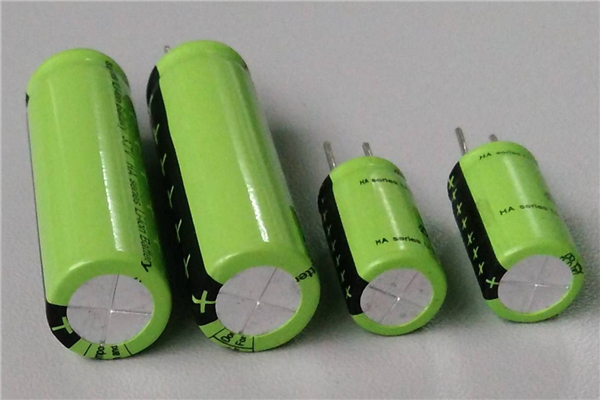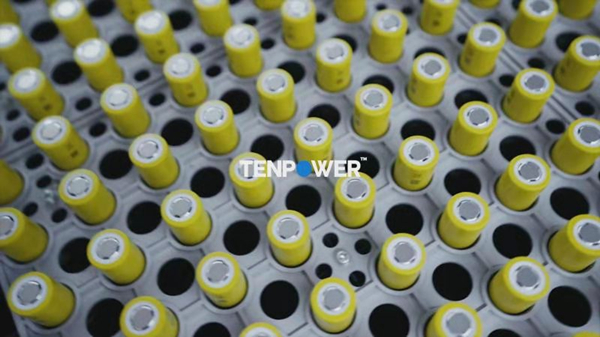How to Dispose of Lithium Ion Cell Phone Batteries
Feb 28, 2020 Pageview:1889
Can you throw away lithium ion cell phone batteries?
There is not a single portable electronic device nowadays that does not operate on batteries. Most of these devices use Lithium ion batteries. Every single mobile phone nowadays has a battery that is a lithium ion one. However, it worth noting that Lithium ion batteries are very hazardous as they all contain the reactive element of Lithium. Lithium is very reactive and can cause catastrophic results if it comes in contact with the oxygen in the air. Disposing of them properly is the best thing you can do for yourself and also for the environment.
To get rid of your cell phone Lithium ion batteries correctly you need to do the following:
Do not throw your cell phone's batteries in the regular trashcan, instead go online and search for the nearest recycling Lithium-ion batteries facility to your location. There you can give them your cell phone's battery and be sure that they will treat it correctly and safely.
If you live in an area that contains what is called a household hazardous waste center, then this is the place you should probably take your cell phone Li-ion batteries to. You can find it by visiting your state or local government's website online, where all the information you need about these centers is available.
If you live in a place that does not contain any recycling facilities, subscribe to one of the mail-in recycling programs. These programs allow you to send your used cell phone batteries to the manufacturer where they can get rid of it probably.
When you ship your cell phone batteries to be recycled, place them in a plastic bag that is made to be non-conductive.
Always keep the cell phones' Li-ion batteries separated from any other batteries and never ever put them in the same bag as your alkaline ones.
How do you dispose of lithium ion cell phone batteries?
If your cell phone becomes swollen and you decided to get a new one, you may encounter the dilemma of how to get rid of the old one. Do not be alarmed, the process is very simple. Carefully remove the swollen battery from your phone. Take it to the nearest e-waste center or any computer repair store that is near you. That is the proper and perfect way to deal with swollen and damaged cell phone batteries.
Where can you recycle lithium ion cell phone batteries?
Recycling, in general, is the most beneficial thing you -as a consumer- can do to the environment. Recycling batteries is really important for the industry. The materials that are being recovered from the batteries that is being recycled can be used to make new batteries. This process eliminates the need to extract new materials from Earth. Which is very beneficial for both the environment and on a financial level as well. By eliminating the need to mine new materials to be used in the manufacturing process reduces the cost needed to manufacture new batteries. Which in return will reduce the price of the device using them. That is why it is projected that in 2030 the price of electric vehicles will be 40% to 45% less than their prices now. Also recycling Li-ion batteries reduces the risks the Li-ion batteries present. Unrecycled swollen Li-ion cell phone batteries are at risk of catching fire or exploding at all times. While the process of recycling Li-ion phone batteries ensures that they are properly disposed of, it also reduces the amount of danger to almost zero. As of right now, only 50% of the Li-ion battery can be recycled. That is because there is little to almost no new innovation in the recycling field and the absence of newer technologies to be used for recycling, and we can only recover this little (50%) of the Li-ion battery.
That being said, there is hope after all. Thanks to companies like the Nordic Clean Energy Company, the number of Li-ion batteries to be recycled will increase in the future. A new solution that is being introduced by the company now allows the recovery of more than 80% of the Li-ion battery. This new process reduces the need to extract extra cobalt, nickel and other materials that are very scarce from the ground and use the already existing materials in the damaged Li-ion batteries that are being recycled. This new recycling process is done using what is known as a low CO2 hydrometallurgical recycling process. First, the batteries are made safe for the mechanical treatment process. Plastics, Aluminum, and Copper are separated individually and sent to their lines. The low CO2 hydrometallurgical process after that allows materials like Cobalt, Lithium, Manganese, and Nickel to be completely recovered from the battery and then delivered to batteries manufacturers where these materials can be used once more in the manufacturing of new batteries. There was a forecast done back in 2017 by the International Energy Agency, the electric vehicle numbers globally will increase from the current three million to almost 125 million by the year 2030. When that time comes, the recycling process will be of extreme importance.
Recycling Li-ion batteries can also provide a source of income. Countries like India and China are buying a lot of these scraps. The price of scrap and junk is increasing day by day. Lithium ion batteries are recycled at room temperature and do not require higher or lower temperatures. However, they must be recycled in an Oxygen-free room. When recycled, Li-ion batteries are separated into three different components. Cobalt and Lithium salt component, Stainless Steel and Copper component, and Aluminum and Plastic component. The three components are salvaged from the Li-ion batteries and then sold once again so that they can be used in the new manufacturing process.
Leave Message
Hottest Categories
-
Hottest Industry News
-
Latest Industry News












